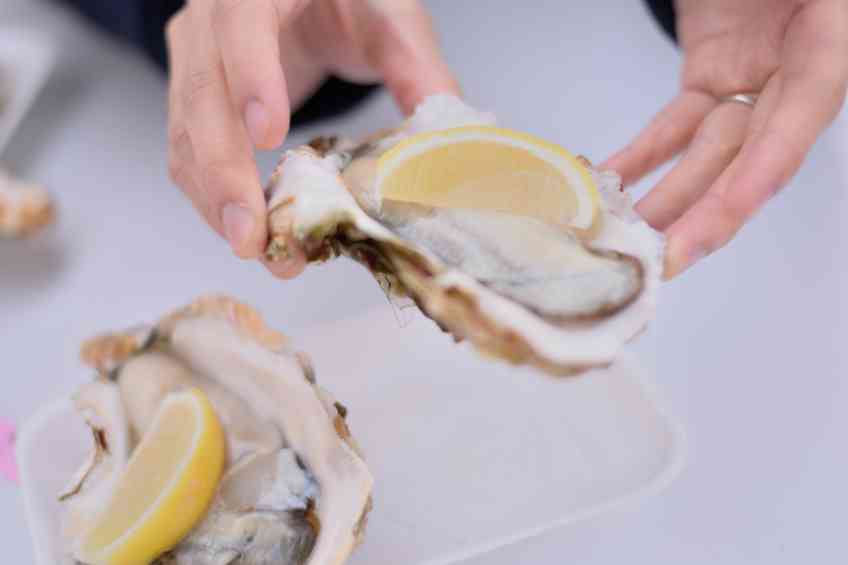By John Hand –
The original womanizer, Giacomo Casanova, famously declared oysters had magical sexual powers. Before gallivanting through the streets of Italy, Casanova so believed in their aphrodisiac powers that he would allegedly gobble 50 oysters. Since Casanova’s Eighteenth-Century escapades, lots of people have followed suit in the name of love or lust. However, does science prove Casanova’s hypothesis? Maybe.
Admittedly, the process of eating oysters can be unsettling for some. The act itself doesn’t spurn attraction. It usually means squeezing lemon on top of a strange shell with an oddly shaped mussel inside, then slurping down the slimy interior substance. Appearances aside, oysters contain lots of chemicals that are thought to enhance a person’s sex drive, Healthline.com reports. Oysters contain a high level of zinc, and just one three-ounce oyster contains 300 percent of the daily recommended intake of zinc—a big deal for those looking to enhance their sexual activities.
Studies have shown zinc raises testosterone levels and sexual performance. In addition, zinc increases sperm count in males. Aside from zinc, oysters also increase dopamine levels. Dopamine has been known to heighten sexual arousal. Furthermore, oysters contain high levels of omega-3 fatty acids, which increase blood flow. One study found young men who took omega-3 supplements had better semen volume and also negated the effects of erectile dysfunction.
Yeah for oysters. However, no scientific study to date has directly linked increased oyster consumption with a beneficial change in sexual experiences.
Even if it is unclear whether these mollusks enhance amour, oysters’ health benefits carry substantial nutritional payoffs. These shellfish contain high levels of protein, which helps one feel full, reducing obesity and supporting muscles, bones and tissue health, MedicalNewsToday.com reports. B12 is another vitamin found in oysters that benefits nerves and reduces fatigue. These mollusks also support muscles and nerves due to their magnesium content. The selenium they hold protects against heart disease, cancer and cognitive decline, while the potassium oysters supply helps keeps kidneys, hearts, muscles and nervous system in the pink.
Okay, if oysters aren’t a sure-fire winner as an aphrodisiac, are there other natural enhancers? Again, maybe. The Smithsonian Magazine reported that mussels may deliver the same reputed kicks as oysters. A 2015 study in the Journal of the International Society of Sports Nutrition found that D-Aspartic acid in mussels raised testosterone levels in sedentary men.
Land-based foods that offer the same possible benefits include pistachio nuts and several berries. One study found that men who ate 100 grams of pistachio nuts for three weeks increased their blood flow and reduced erectile dysfunction. Separately, berries have been reported to enhance blood flow.
Then herbs have been seen as an aphrodisiac for centuries. Ginkgo, ginseng, maca and tribulus reportedly show signs of increasing sexual interest and reducing erectile dysfunction.
Admittedly, science has been inconclusive on food as an arousal mechanism. History, however, is clear that oysters, among other edibles, can do the trick. Perhaps it is all in the mind, which means those looking for a boost might want to hit an oyster bar and grab a handful of pistachios before embarking on a Casanova-inspired romp.










